There has been a lot more traffic on our usually deserted beach over the last few days, which means that the Semana Santa (Holy Week) holiday is upon us and Easter is just around the corner. As a child, during the week preceding Easter, I was a busy little bee (or should I say bunny). Pouring melted chocolate into Easter egg molds and carefully wrapping the product in decorative paper. At sunrise on Easter Sunday I would dress up in my homemade bunny costume and hop around the house with my basket delivering my eggs … this is the point in the story where my sister quips that by the time I was eighteen this got a little creepy! But regardless of my age, I have always fully embraced these celebratory moments in life and I hope to pass this on to my children by creating holiday traditions like chocolate making!
The giving of chocolate Easter eggs is not a Nicaraguan custom, which is ironic because cacao (the raw form of chocolate) is native to this part of the world. One of our popular guest activities at our hotel is a “Bean to Bar’ chocolate making workshop, where we take the raw cacao beans, gently roast and grind them into a paste and create yummy treats. We purchase our cacao beans in bulk from the local market but unfortunately they are not so easily found outside cacao growing regions. In North America and Europe you may be able to find raw cacao nibs in a health food store, but they are expensive. Cacao, is however, more readily available as cocoa powder. The cacao paste that we produce during our workshop is 50% cocoa solids and 50% cocoa butter (fat). During industrial processing, the cocoa butter is extracted from this paste leaving the cocoa solids, which are further ground into cocoa powder. What is left is the flavour base of chocolate that is free of fat, sugar, or dairy. Of course, as with any processing, some of the nutritional benefits of cacao are lost during these steps, but cocoa powder is still a good source of antioxidant compounds such as flavonoids, and trace minerals such as magnesium and iron. To ensure that the product you use packs the biggest nutritional punch, be mindful of buying minimally processed varieties such as raw unsweetened natural cocoa powder (sometimes sold as cacao powder) and not Dutch process cocoa powder which has undergone further processing to neutralize cacao’s naturally acidic pH.
What follows is not really a recipe but more like a guide for your chocolate making experiment! One of the fun things about making these chocolates (especially if children are participating) is that you get to ‘play’ with how the different ingredients change the consistency, flavour and texture of the chocolate. At the same time this really makes you aware of just how much fat and sugar is added to commercial chocolate bars! A lot! So reap the benefits of your delicious homemade chocolates by enjoying them in small amounts.
Ingredients Per Person (4-6 chocolates):
- 4 tablespoons Cocoa Powder
- 4 tablespoons Coconut Oil (start with 2 tablespoons and adjust to preferred consistency)
- 2 tablespoons of Honey or Maple Syrup or Agave or other sweetner (start with 1 tablespoon and adjust to taste)
- ¼ teaspoon vanilla extract
- Optional flavourings: fresh fruit (e.g. mango, banana, strawberry), dried fruit (e.g. raisins, dates, cranberries), nuts (e.g. peanuts, almonds, peacans), peppermint essence, lime/orange zest, sea salt, spices (e.g. chilli, cinnamon, ginger).
Instructions:
- If your coconut oil is solid at room temperature (it is not in hot humid Nicaragua!), place in a bowl and melt over a pan of hot water. Note, you don’t want it to get hot, just liquid.
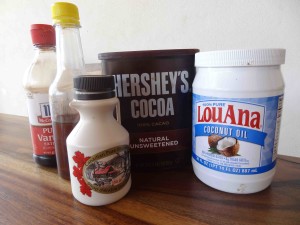
- Place your cocoa powder in a small bowl and slowly add the liquid coconut oil stirring until the desired consistency is reached (think rich chocolate icing).
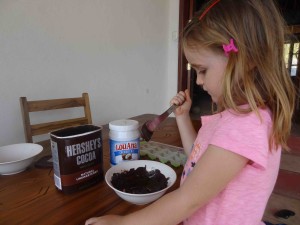
- Add your chosen sweetner to taste (you may wish to monitor this with a small child as Coco added half a bottle of honey)!
- Add vanilla and other flavourings to taste.
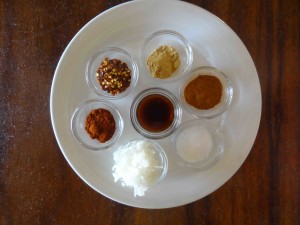
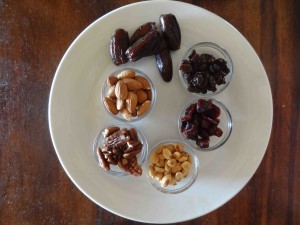
- Pour chocolate into molds (an ice cube tray works) or create small chocolate mounds on a baking sheet lined with parchment paper. (If you have used less oil then you may be able to roll your chocolate into balls).
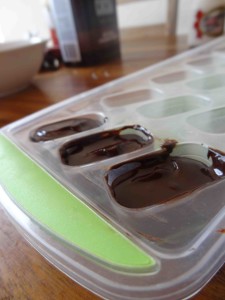
- Decorate with chopped nuts/fruit/spices (if desired)
- Place in the fridge until hardened.
- Remove from molds/baking sheet and place in an air-tight container. Will keep for about a week.
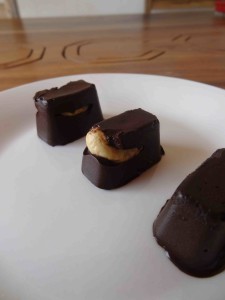
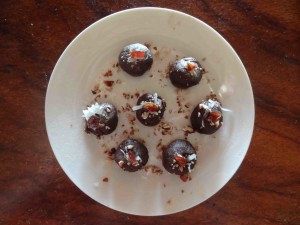
- Enjoy!
I would love to hear about your chocolate making adventures, specifically your killer flavour combos, so please share below!
Happy Easter Everyone!

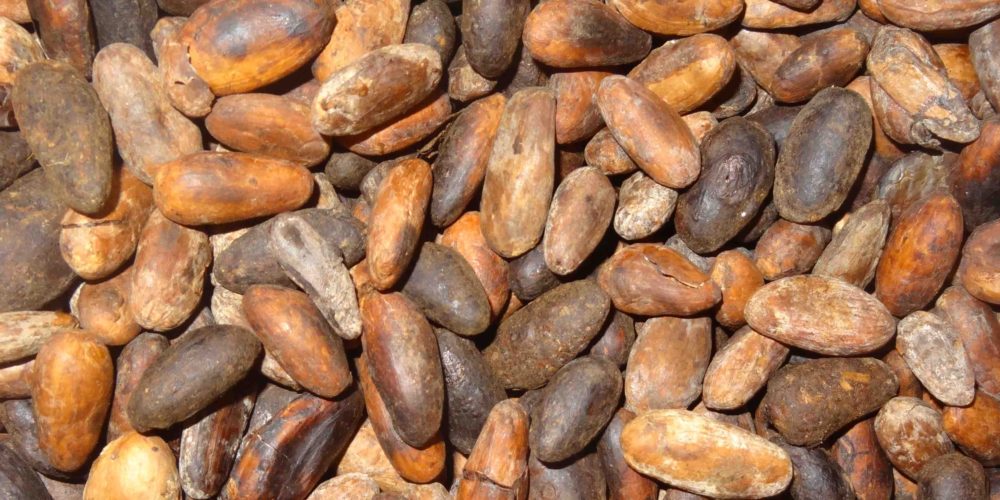


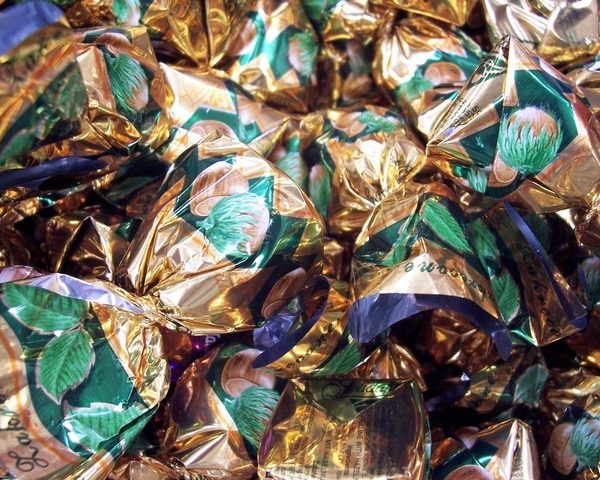


Leave a Reply